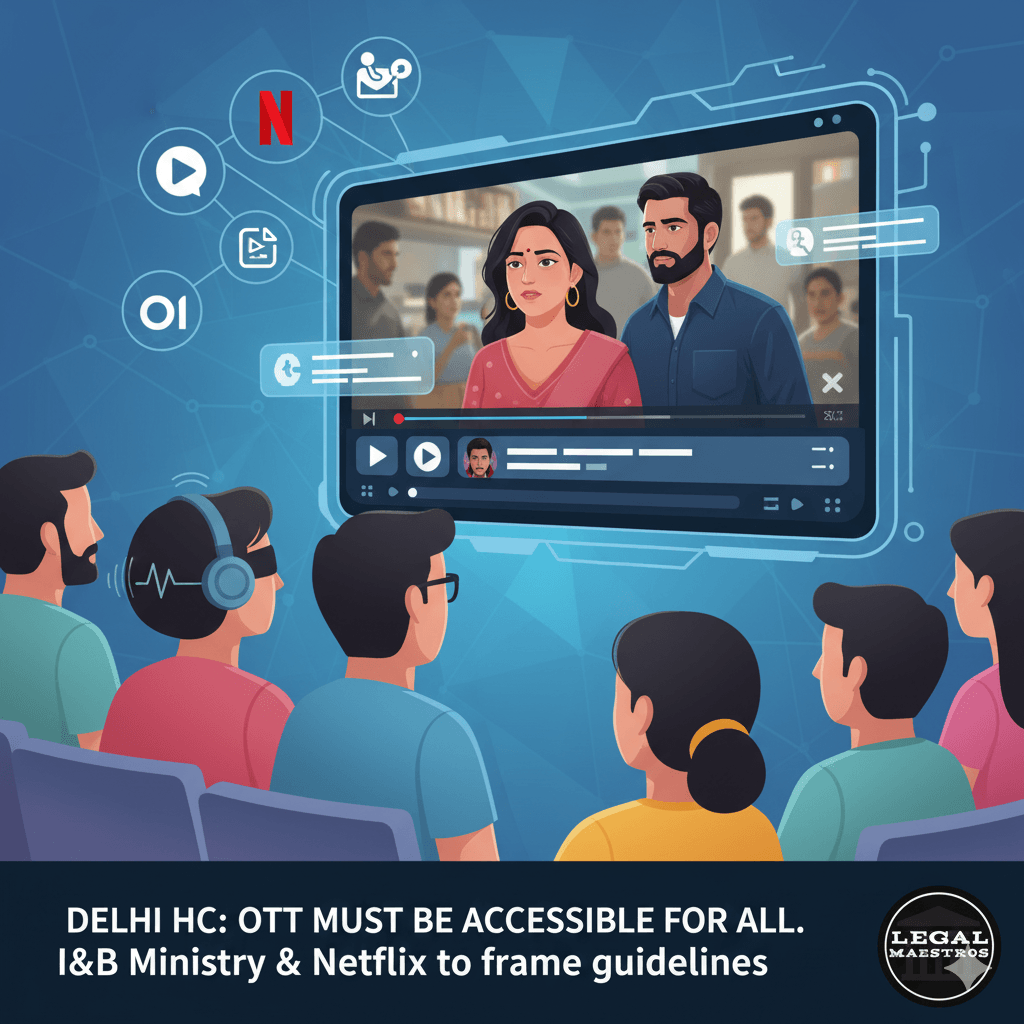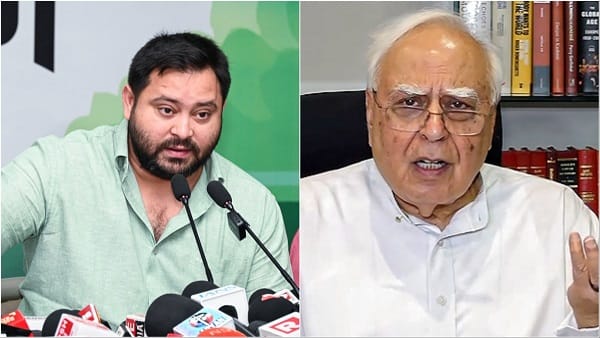
Netflix Guidelines
The Delhi High Court in a significant move towards the accessibility of digital entertainment in India has instructed the Union Ministry of Information and Broadcasting (I&B) to draw up detailed guidelines that can be used to ensure that contents in Over-the-Top (OTT) can be accessed by persons with disabilities. The court has given a three-month time within which this should be done and specifically asked streaming giant Netflix to help the ministry by offering technical skills and best practices.
The order of the court was issued during the hearings of a Public Interest Litigation (PIL) which had insisted on the high hurdles experienced by individuals with hearing and visual impairments in achieving access to content on most of the popular streaming platforms in India. The petition claimed that not being equipped with key features such as audio description and closed captions denies them their right to information and entertainment, thus digital divide.
The guidelines will be dedicated to requiring the main accessibility characteristics of all platforms. This is with closed captions and subtitles to the deaf and hard of hearing (SDH) that give text to the dialogue and other pertinent sounds. Importantly, it also contains audio descriptions, which is another narration track that explains significant visual details on the screen: actions, settings, and body language to the visually impaired viewers.
For any queries or to publish an article or post or advertisement on our platform, do call at +91 6377460764 or email us at contact@legalmaestros.com.
Since Netflix is an industry leader with strong and well-developed accessibility features, the court felt it should be involved to assist the I&B Ministry in the technical and use features of the implementation. Although Netflix will be used as a consultant, the ultimate guidelines that will be created by the ministry will be applicable to every OTT platform functioning in India. This is a step towards establishing a consistent level of accessibility so that streaming services will no longer be able to disregard the needs of a large section of the population. The active position of the court is a historic point in disability rights and digital accessibility in the country.





